Tire rotation is a key part of auto maintenance that often gets overlooked. Tire rotation helps make sure your tires wear evenly and last longer, keeping you safe on the road.
It’s important to rotate your tires regularly in order to get the full benefit – but how often should you rotate your tires? In today’s post, you will get to know the answer to this.
But before diving into that discussion, let’s find out what tire rotation is and why it’s important, the basic tire rotation patterns and what the estimated cost of rotating tires is.
Keep reading!
Why is Tire Rotations Important?
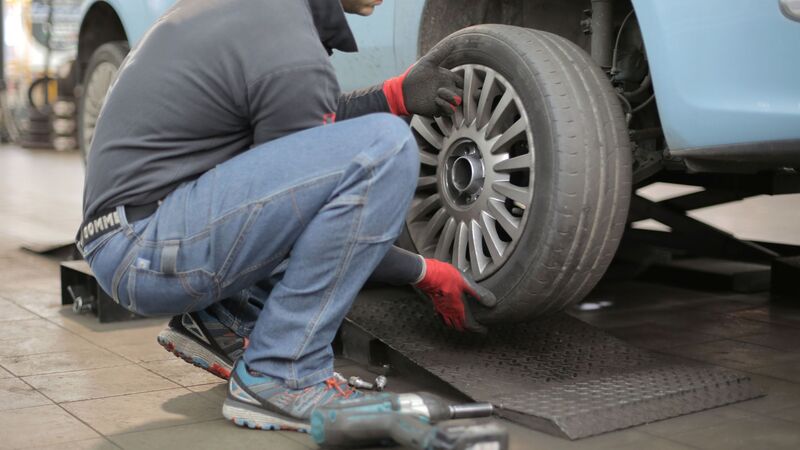
Nothing is more important when it comes to keeping your vehicle operating smoothly and efficiently than regular tire rotations. Tire rotations are a process of regularly switching out where each tire sits on an automobile.
This helps ensure that the tires wear evenly, maximizing their life span while also providing superior performance and safety on the road.
In other words, regular tire rotations can help you get the most from your vehicle’s tires – both in terms of lifespan and overall performance.
Why Do I Have to Rotate My Tires?
Rotating your tires may feel like a tedious and oftentimes frustrating task, but it is essential for all drivers to do in order to ensure their vehicle is running smoothly.
Not only does tire rotation improve the performance of your vehicle, but it can also help extend the life of your tires by ensuring the wear on them remains even – thus saving you money and headaches in the long run.
Also Read: Car shakes when accelerating [Troubleshoot & How to fix]
How Often Should I Rotate My Vehicle’s Tires?
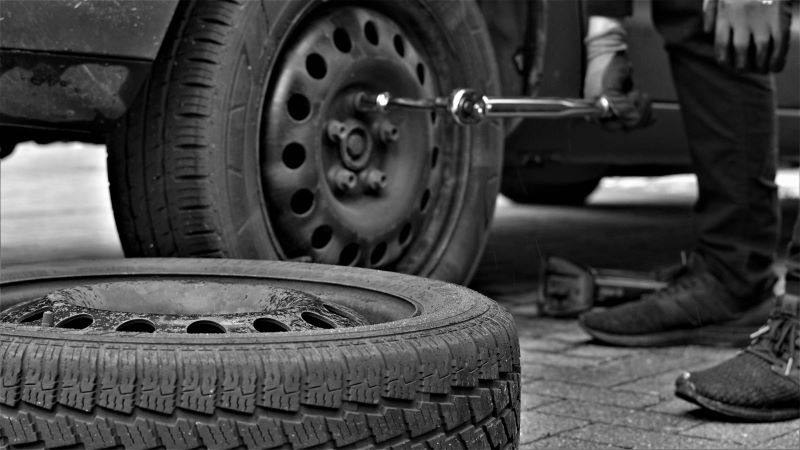
Have you ever heard the saying, “Prevention is better than cure”? This phrase couldn’t be any truer when it comes to vehicle maintenance and more specifically tire rotation. Regular tire rotation helps extend the life of your tires, saving you money in the long run, as well as improving your safety on the road.
It’s natural for you to have questions like how often to rotate tires or how many miles to rotate tires. Experts recommend rotating your tires every 5,000 to 8,000 miles, ideally when you change out your oil.
This procedure distributes wear more evenly throughout all four tires, which helps maximize the life of each tire so you don’t have to replace them as often. Regular tire rotation also helps maintain traction and optimizes fuel efficiency.
Making sure you rotate your car’s tires on a regular basis will help keep yourself and other drivers safe, as well as save money in the long run!
When to Rotate Your Tires on FWD and RWD Vehicles?
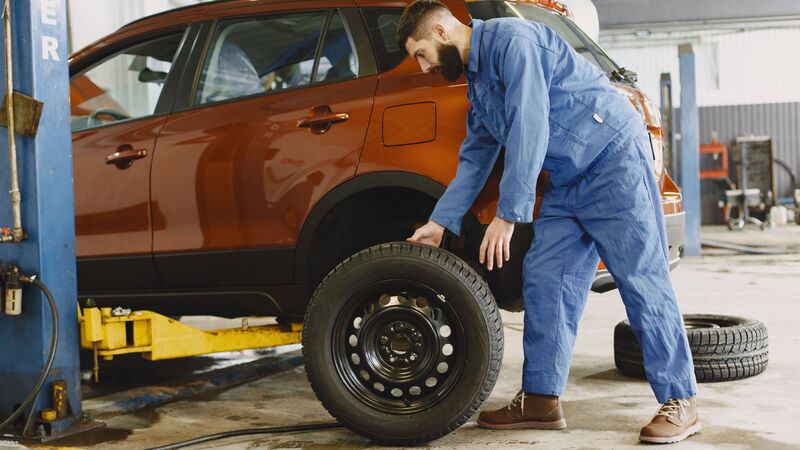
For many FWD (front-wheel drive) cars, you should rotate your tires every 5,000 to 8,000 miles as they tend to wear down faster on this type of car.
However, for RWD (rear-wheel drive) cars, you can usually wait up to 10,000 miles before rotating your tires. Always refer to the manufacturer’s guidelines for specifics about the make and model of the vehicle that you own.
Investing in regular tire rotations could potentially save you money in the long run because it reduces your risk of having to buy new tires!
When to Rotate Your Tires on AWD Vehicles?
AWD vehicles usually need their tires rotated every 6,000 miles or at least once annually, though your owner’s manual will provide specific information on when is best for your make and model vehicle.
Not only does regular rotation keep the tread on all four tires even and extend their life, it also prevents premature wearing of particular corner tire sets due to driving patterns or road conditions.
Also Read: Why is my car losing power while driving? [Causes & How to fix]
How Do I Know When My Tires Need to Be Rotated?
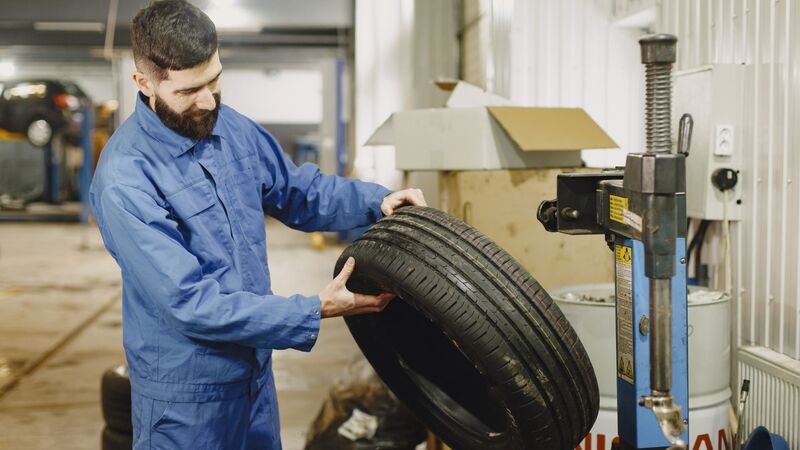
If you have a question how often you should get your tires rotated, you must know that it varies from model to model.
However, generally speaking, a good rule of thumb is tires should be rotated around every 5,000-7,000 miles. Signs that you need your car tires rotated sooner than that are uneven wear or squealing noises coming from the wheels which can indicate that the treads have worn too thin in certain areas.
If you aren’t sure if it’s time to rotate, ask an auto mechanic when you get your oil changed, they can check the condition of your tires and provide you the necessary guidance.
What Are the Basic Tire Rotation Patterns?
There are several different patterns used to rotate tires which puts them in the best position on your vehicle for proper wear based on their size and placement.
Let’s discuss various tire rotation patterns available so that you can select the one that works best for your car!
1. Forward Cross
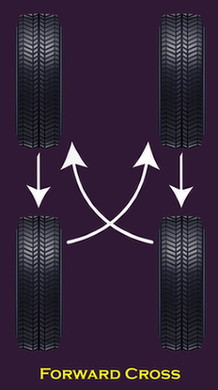
The forward cross-tire rotation pattern is a widely accepted method of optimizing the performance and life of front-wheel drive vehicles.
In this pattern, the front tires are moved straight back to take up the position that was occupied by the rear tires. Meanwhile, the rear tires can be moved to the opposite sides of where they were previously located at the front axle.
This helps each tire remain at maximum efficiency for a much longer period of time by equally distributing their workload – something that can help to keep your car running smoothly for many miles down the road.
2. X-Pattern
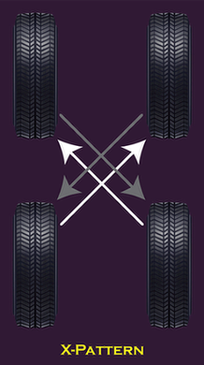
With the x pattern, the front tires will move to opposite rear positions and the rear tires to opposite front positions.
This new arrangement helps balance tire wear since all four tires are rotated between different axles instead of just shifting back and forth within a pair.
Not only does this help preserve your tires but it also ensures that different axles face somewhat similar driving conditions when in use, resulting in better performance of your vehicle overall.
3. Rearward Cross
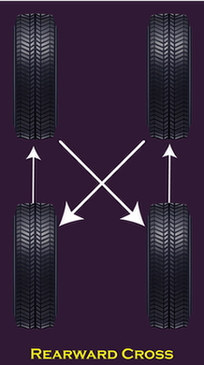
With this rotational pattern, the rear-wheel drive or 4-wheel drive vehicle’s rear tires move straight up to the front and the front tires move to the opposite rear positions.
This helps ensure that wear on all four tires is distributed evenly, providing drivers with longer tire life as well as more even distribution of gripping power and traction when on wet roads or uneven surfaces.
4. Front-to-Rear
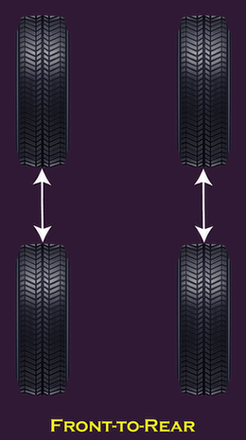
Directional tires can provide improved performance for your vehicle if used correctly. Due to their special tread patterns, these tires must rotate in one particular direction in order to maximize grip, cornering ability, and straight-line stability.
If you’re attempting to rotate your directional wheels, they should only be shifted from front to back (or vice-versa) on the same side of the car.
Such a practice will keep your car performing at its best and help ensure that you get many miles out of each set of directional tires.
Must Read: 11 Best Tips on How to Stay Awake While Driving Long Distances or at Night
5. Side-to-Side
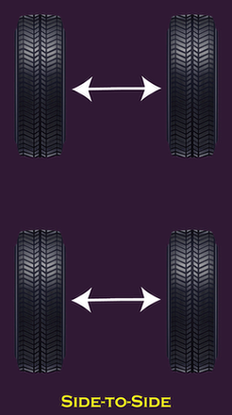
Knowing when you need to rotate the tires on your car and how to do it correctly can be confusing but understanding the side-to-side rotation patterns might make it easier.
If you have differently sized, non-directional tires on the front and rear axles, then it is a simple process involving just moving each tire to the opposite side of its axle.
On the other hand, if you have differently-sized directional tires, then more work must be done in order to remount and balance them on the opposite wheels before they can be used again.
6. Forward Cross (Spare Tire)
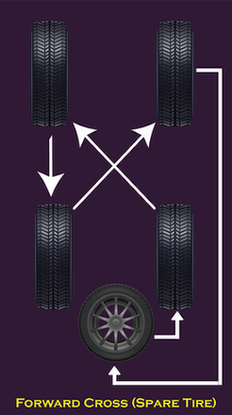
If your vehicle is front-wheel drive and you have non-directional tires with a full-size spare, the most efficient way to rotate the tires involves moving the rear tires to the opposite front positions, the left front tire to the left rear position with the spare taking on the right rear spot and finally, making that right front tire your spare.
7. Rearward Cross (Spare Tire)
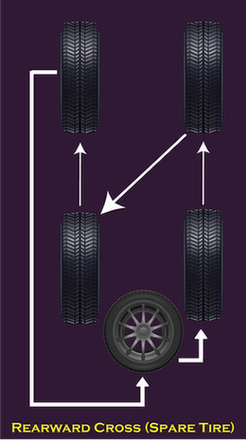
Whether you have a rear-wheel or 4-wheel drive, switching your tires around periodically helps with even wear. This can be especially helpful if you have non-directional tires.
According to the above pattern, the left rear tire should move to the left front position, the right rear tire should go to the right front position, and the right front tire should take the place of the left rear tire. The spare will go in the right rear position and your now empty left front wheel will become your spare.
Change up your tire rotation routinely to achieve optimal performance and get more out of your vehicle!
How Do Regular Tire Rotations Help Me?
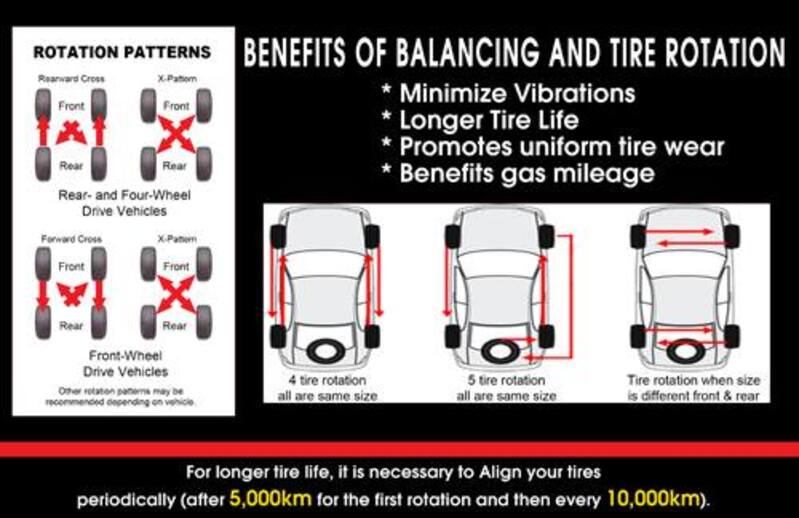
Regular tire rotation is one of the most important maintenance practices for extending the life of your vehicle’s tires. This also helps avoid stress on a single corner of the vehicle from bearing too much weight or strain.
If your tires do become unevenly worn, it can cause further damage and potentially leave you stranded on the side of the road in the future.
Tire rotations also can help keep fuel costs low by ensuring your car is running efficiently.
How Much Does It Cost to Rotate My Tires?
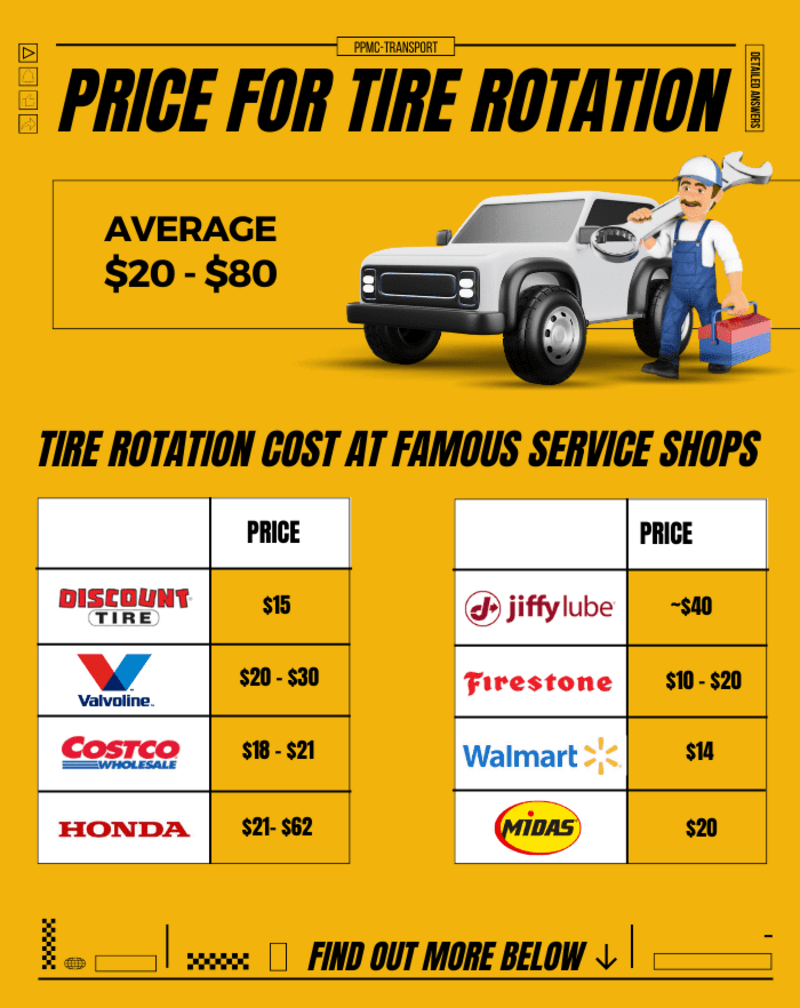
Rotation of your tires is an important part of keeping them in good condition, but it’s natural to wonder how much it will cost.
The price for a tire rotation depends on the type of vehicle you have and the shop you go to. You should find a reputable mechanic who offers fair prices.
When done expertly, a tire rotation can maximize the life of your tires and help keep you safe on the road by balancing the wear and tear they experience.
Final thoughts
Hope this guide has answered your question about how often you are supposed to rotate your tires.
By following this simple car maintenance tip, you can help extend the life of your tires and keep them performing at their best.
So, if you have not rotated your tires recently, be sure to put it on your to-do list for the near future!
FAQs:
Q: How often should I rotate my tires?
A: Regular tire rotation is generally recommended every 5,000 to 7,500 miles (8,000 to 12,000 kilometers). However, it’s always best to consult your vehicle’s owner manual or check with a professional for a specific recommendation for your vehicle.
Q: Why is tire rotation important?
A: Tire rotation helps ensure even wear across all tires. It extends the lifespan of your tires, improves fuel efficiency, enhances vehicle handling & maintains traction and safety on the road.
Q: Can I rotate my tires myself or should I go to a professional?
A: While some car owners prefer to rotate their tires themselves, it’s advisable to have a professional perform the task. They have the necessary expertise and equipment to properly rotate the tires, ensuring correct pattern & torque specifications.
Q: Are there any signs that indicate I need a tire rotation?
A: Yes, there are a few signs to look out for. Uneven tire wear, such as more wear on the front or rear tires, can indicate the need for rotation. Additionally, if you experience vibrations or your vehicle pulls to one side, it may be a sign of uneven tire wear & the need for rotation.
Image Source: Motech Automotive, Transport PPMC
